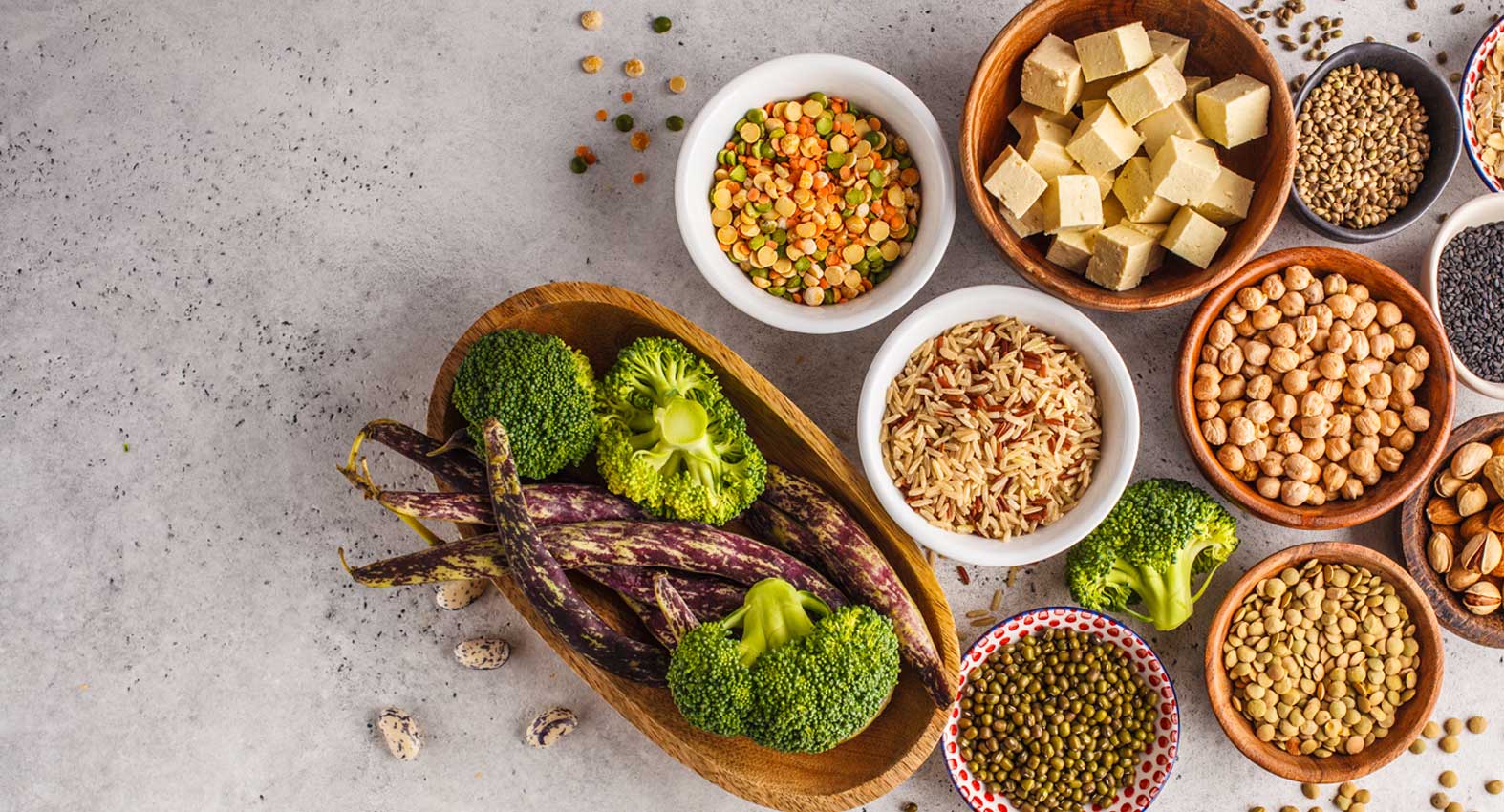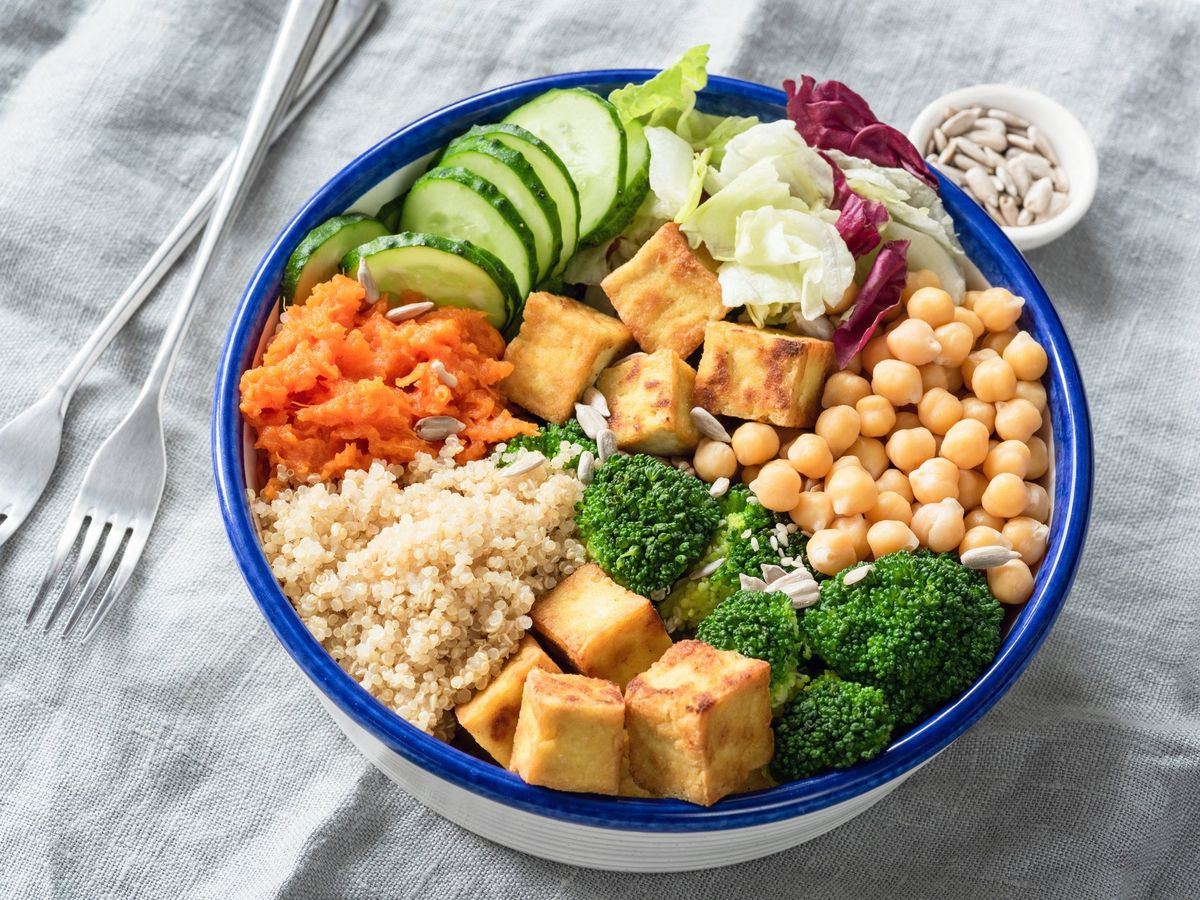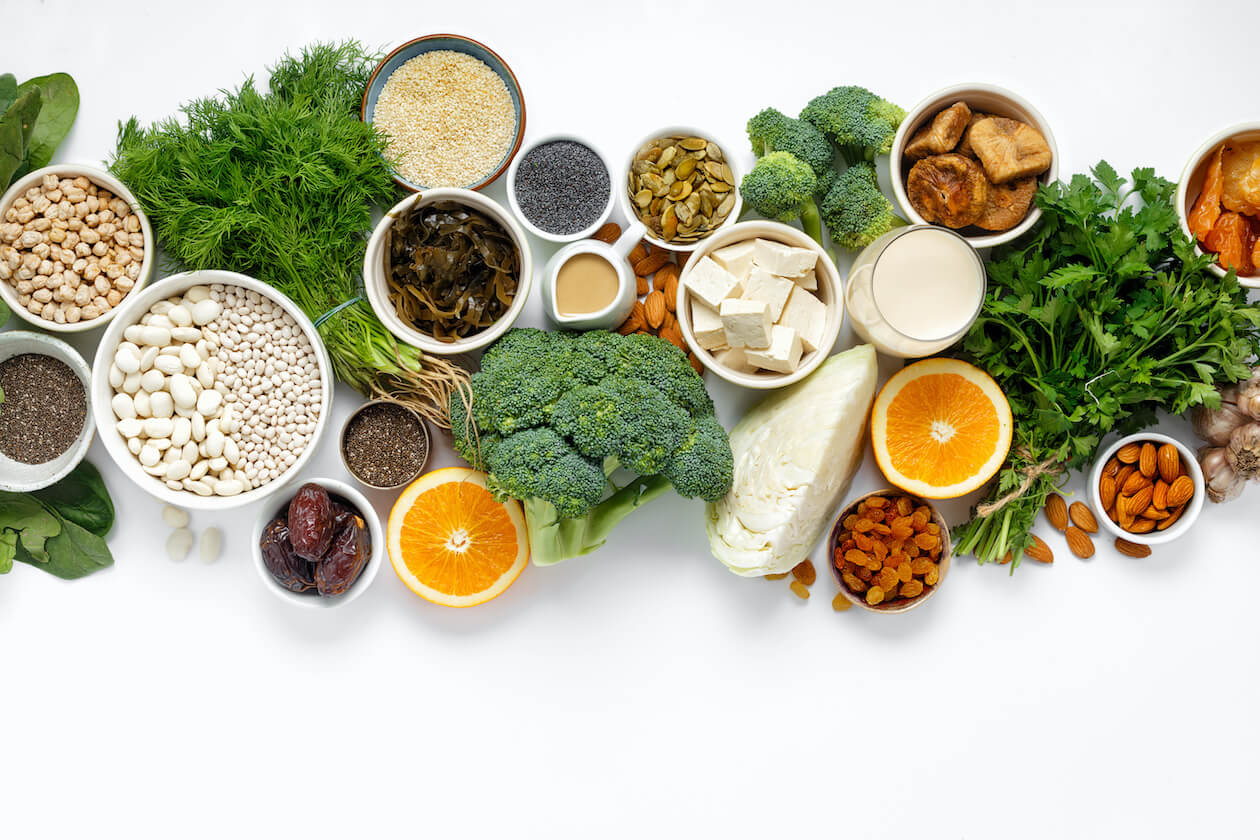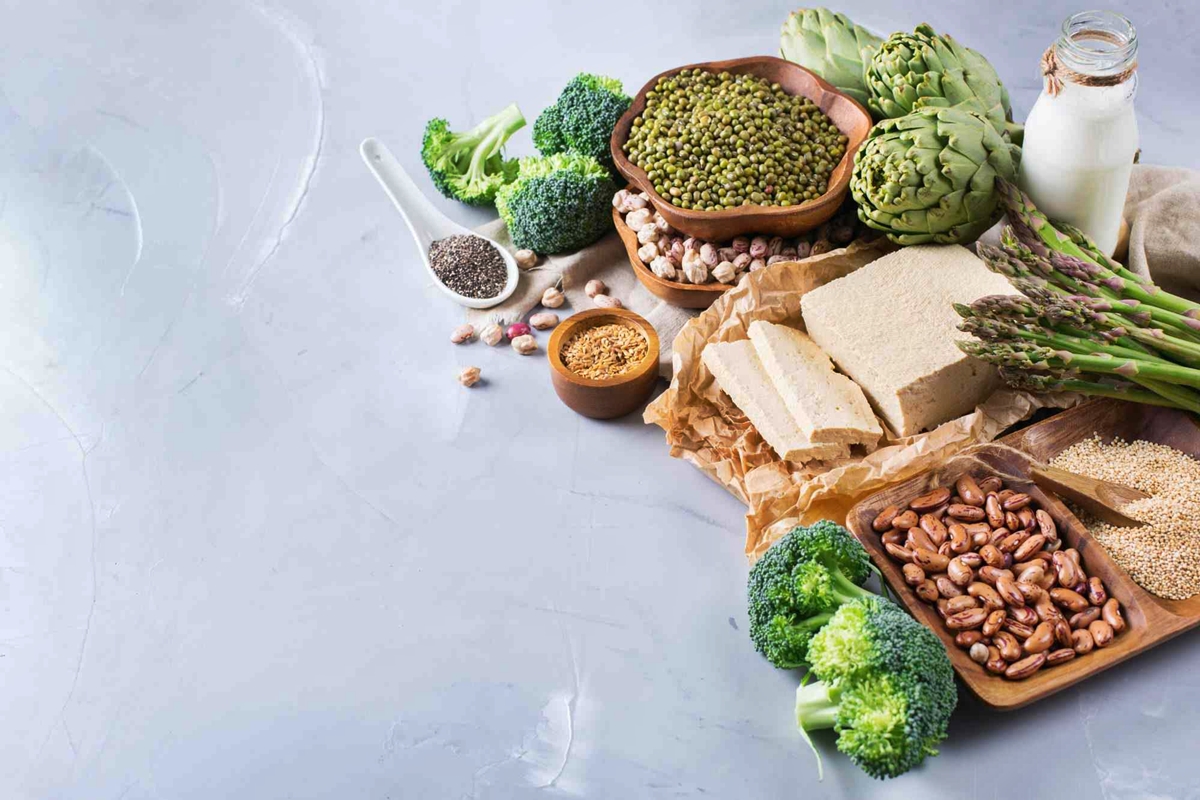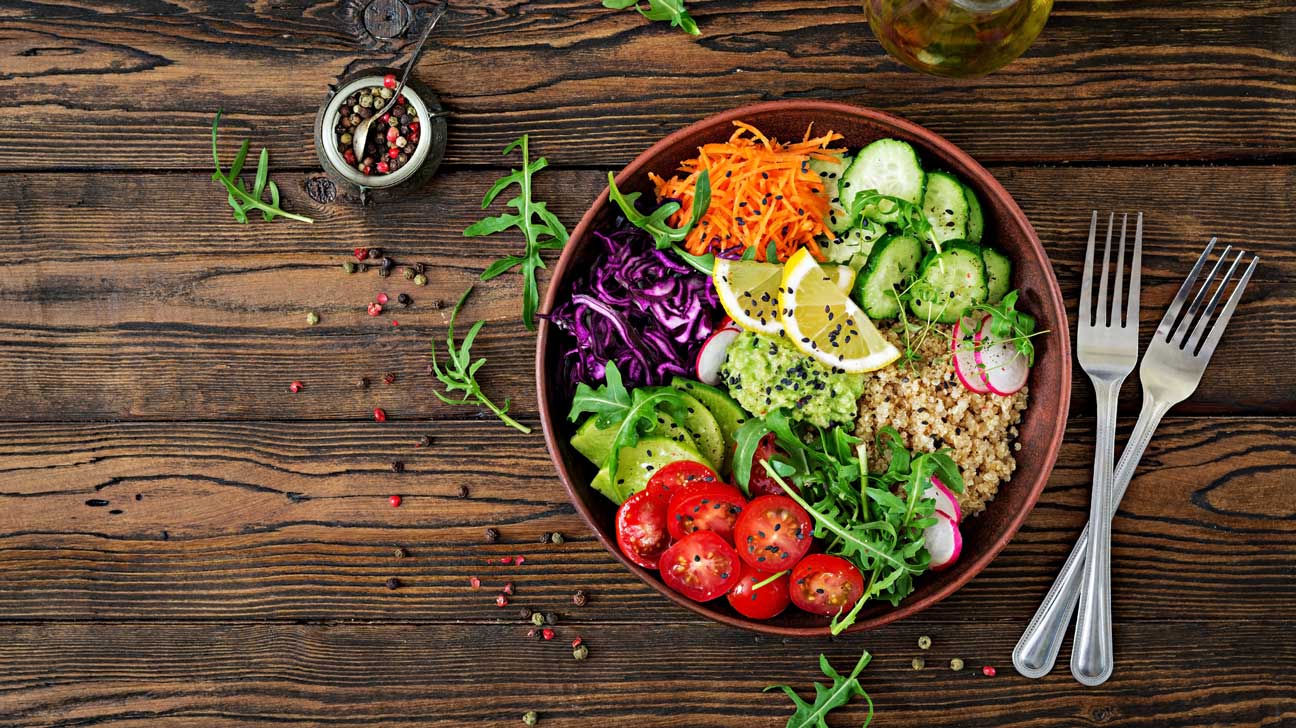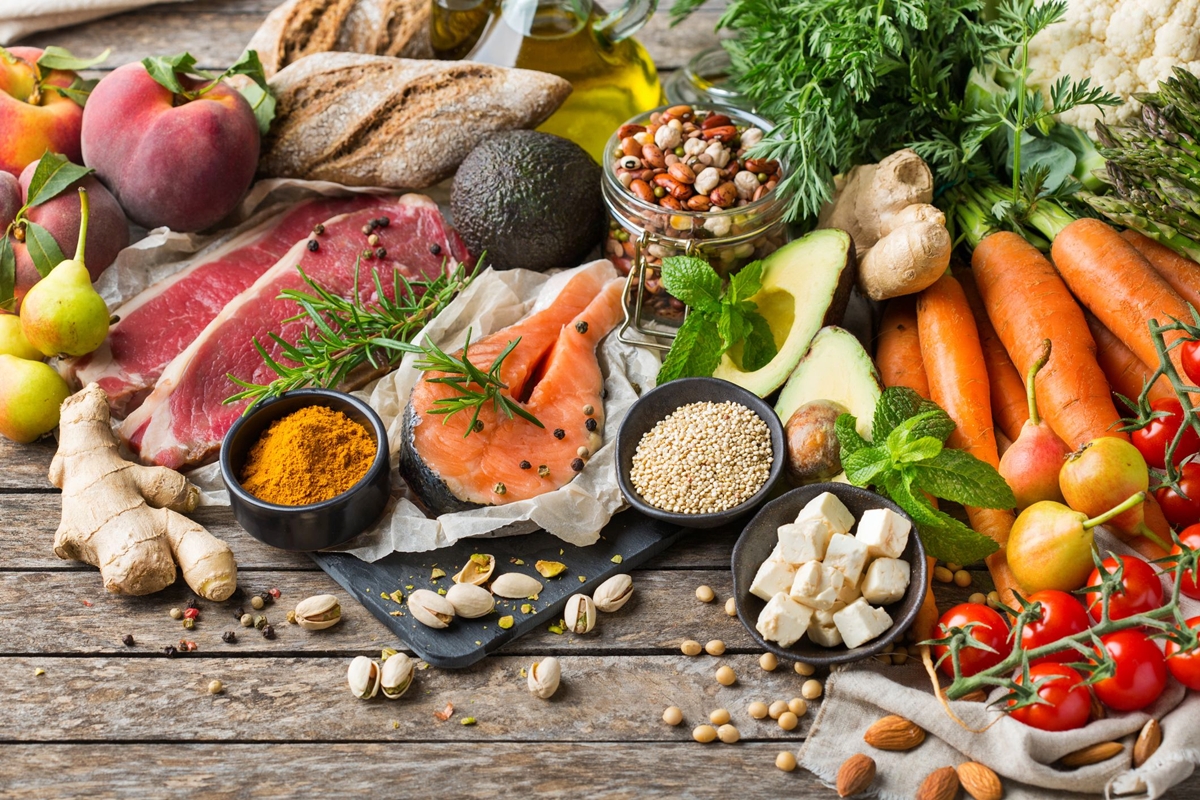Plant-based meat alternatives have taken the culinary world by storm. These innovative options offer delicious, sustainable choices for everyone, from vegans to meat lovers. Gourmet approaches elevate these alternatives, transforming them into mouth-watering dishes that rival traditional meat recipes. Imagine a juicy, plant-based burger with all the trimmings or a savory, meatless Bolognese sauce. Chefs use creative techniques, high-quality ingredients, and bold flavors to craft unforgettable meals. Whether you're looking to reduce your meat intake or explore new flavors, gourmet plant-based dishes provide a satisfying, eco-friendly dining experience. Dive into the world of plant-based cuisine and discover endless possibilities.
Essential Ingredients for Gourmet Plant-Based Meat Alternatives
- Textured Vegetable Protein (TVP)
- Seitan (Wheat Gluten)
- Tofu
- Tempeh
- Black Beans
- Chickpeas
- Lentils
- Mushrooms
- Nutritional Yeast
- Walnuts
- Beets
- Spices: Smoked Paprika, Garlic Powder, Onion Powder, Cumin
- Soy Sauce or Tamari
- Liquid Smoke
- Olive Oil or Coconut Oil
- Maple Syrup or Agave Nectar
Tools and Instruments Needed for Gourmet Plant-Based Meat Alternatives
- Chef's Knife: Essential for precise cutting and chopping of vegetables and herbs.
- Blender or Food Processor: For creating smooth, finely textured plant-based mixtures.
- Mixing Bowls: Various sizes for mixing ingredients separately before combining.
- Measuring Cups and Spoons: Accuracy is key in achieving the perfect flavor balance.
- Skillet: Preferably non-stick, for sautéing and pan-frying.
- Baking Sheet: For roasting ingredients or baking finished products.
- Parchment Paper: Helps prevent sticking and makes cleanup easier.
- Spatula: For flipping and stirring ingredients effectively.
- Whisk: Ideal for emulsifying dressings and sauces.
- Vegetable Peeler: Makes peeling root vegetables and squash easier.
- Digital Thermometer: Ensures that cooked foods reach safe temperatures.
- Tongs: Useful for flipping and serving.
- Colander: For rinsing beans, grains, and vegetables.
- Grater: For adding zest and finely grated ingredients to dishes.
- Mortar and Pestle: For grinding spices and making pastes.
Experiment with spices and marinades to enhance the flavor of plant-based meats. Use soy sauce, garlic, smoked paprika, or liquid smoke for a richer, more satisfying taste.
Why Choose Gourmet Plant-Based Meat Alternatives?
Plant-based meat alternatives offer a sustainable choice, reducing environmental impact. They use fewer resources like water and land, cutting down on greenhouse gas emissions. Additionally, these alternatives provide a healthier option, often lower in saturated fats and free from cholesterol, benefiting both personal health and the planet.
Step-by-Step Guide to Making Gourmet Plant-Based Meat Alternatives
Gourmet Approaches to Plant-Based Meat Alternatives
-
Select High-Quality Ingredients
- Opt for fresh vegetables and legumes as the base. Ingredients like mushrooms, beans, lentils, and chickpeas provide texture and depth of flavor.
- Choose whole spices to grind at home for more vibrant flavors. Cumin, coriander, smoked paprika, and black pepper are excellent choices.
-
Incorporate Umami Flavors
- Enhance the meaty taste by adding umami-rich components such as tomato paste, soy sauce, miso paste, and nutritional yeast. These deepen the flavor profile, making the dish more satisfying.
-
Utilize Texturizing Techniques
- Experiment with grinding and blending techniques to achieve the desired texture. A food processor can be used to finely chop ingredients, mimicking the consistency of ground meat.
- For chunkier textures, partially mash beans or lentils with a fork instead of blending them completely.
-
Season Generously
- Plant-based meats benefit from robust seasoning. Don't shy away from using a generous hand with herbs and spices to build layers of flavor.
- Incorporate fresh herbs like rosemary, thyme, and oregano for brightness and complexity.
-
Employ Cooking Methods to Develop Flavor
- Sautéing vegetables and spices before combining them with the main ingredients can unlock their full aromatic potential.
- Roasting certain components, like mushrooms or tomatoes, before adding them to your mixture can introduce a smoky, charred element that mimics the grill.
-
Bind Ingredients Effectively
- Use natural binders such as flaxseed meal or chia seeds mixed with water to help the mixture hold together, especially useful for burgers or meatballs.
- Vital wheat gluten can be added to recipes intended to mimic the chewiness of meat, perfect for seitan preparations.
-
Test for Seasoning
- Before finalizing your mixture, cook a small portion in a pan to test for seasoning adjustments. This step ensures the end product is perfectly seasoned.
-
Rest the Mixture
- Allow the mixture to rest in the refrigerator for a few hours or overnight. This step helps the flavors meld together and improves the texture.
-
Cook with Precision
- Whether you're grilling, baking, or pan-frying, pay close attention to cooking times and temperatures to avoid drying out the plant-based meat. Moisture is key to a juicy end product.
-
Serve with Creativity
- Present your plant-based meat alternatives with fresh garnishes, vibrant sauces, and complementary sides to elevate the dining experience.
Mastering Plant-Based Cuisine
Embracing plant-based meat alternatives doesn't mean sacrificing flavor or texture. With the right techniques and a bit of creativity, these options can stand proudly on any gourmet menu. Experimentation is key, from marinating to achieve depth of flavor to exploring various cooking methods that best mimic the characteristics of traditional meats. Remember, the essence of gourmet cooking lies in the attention to detail and the passion for creating exceptional dishes. Whether you're a seasoned chef or a home cook looking to expand your culinary repertoire, the world of plant-based alternatives offers a vast playground for innovation and taste exploration. So, keep an open mind, let your culinary creativity flow, and you'll discover that plant-based cooking can indeed meet, if not exceed, the richness and complexity of traditional meat-based dishes.
Frequently Asked Questions About Gourmet Plant-Based Meat Alternatives
What are some popular plant-based meat alternatives?
Some popular options include tofu, tempeh, seitan, jackfruit, and mushrooms. Each has its own unique texture and flavor, making them versatile for different recipes.
How do I cook tofu to make it taste good?
Pressing tofu to remove excess water helps it absorb marinades better. You can bake, fry, or grill it. Marinating tofu in soy sauce, garlic, and ginger adds great flavor.
Can jackfruit really taste like pulled pork?
Yes! When cooked with the right spices and sauces, jackfruit mimics the texture of pulled pork. It's a great option for BBQ sandwiches or tacos.
What's the best way to prepare seitan?
Seitan, made from wheat gluten, has a chewy texture similar to meat. You can simmer it in broth, then sauté or grill it. It works well in stir-fries, sandwiches, and stews.
Are plant-based meats healthy?
Many plant-based meats are lower in saturated fat and calories compared to animal meat. They also provide fiber and essential nutrients. However, some can be high in sodium, so it's good to check labels.
How can I make mushrooms taste meaty?
Sautéing mushrooms in olive oil with garlic, soy sauce, and a splash of balsamic vinegar brings out their umami flavor. Portobello mushrooms, in particular, have a hearty texture that works well as a meat substitute.
Can I use tempeh in place of ground meat?
Absolutely! Crumble tempeh and sauté it with onions, garlic, and your favorite spices. It works great in tacos, spaghetti sauce, and chili.

